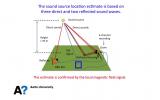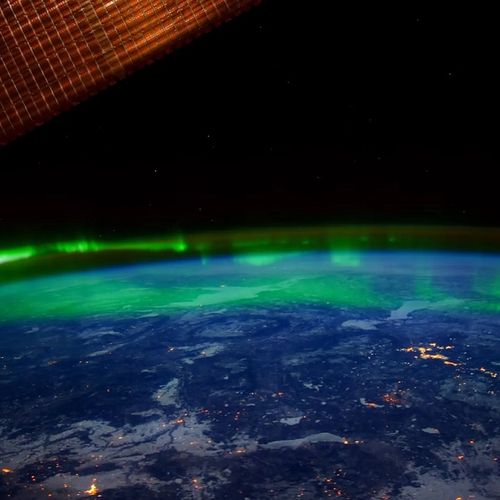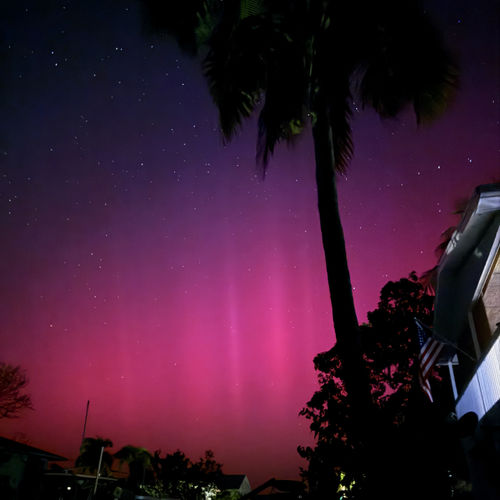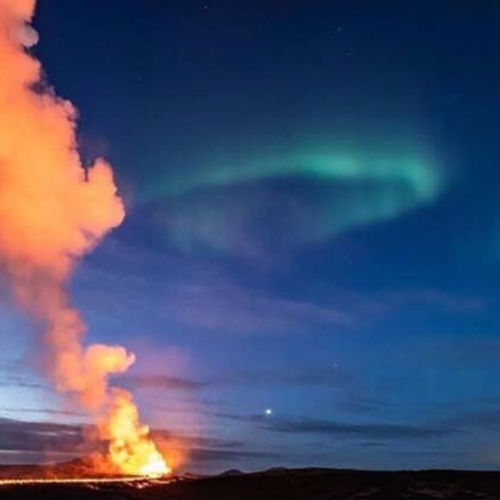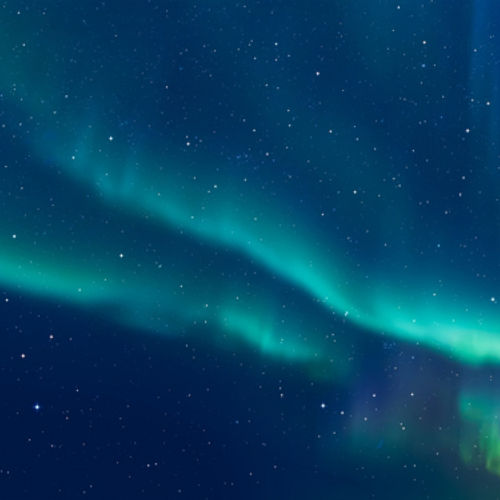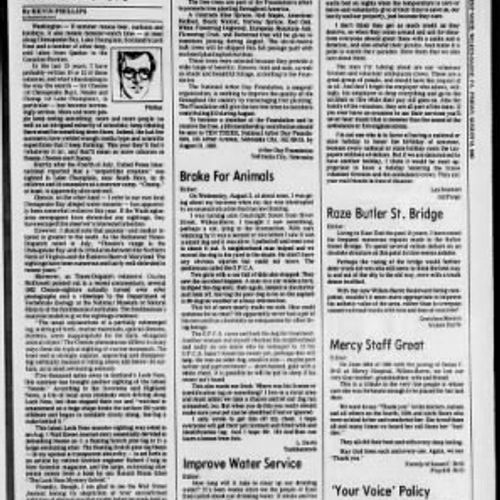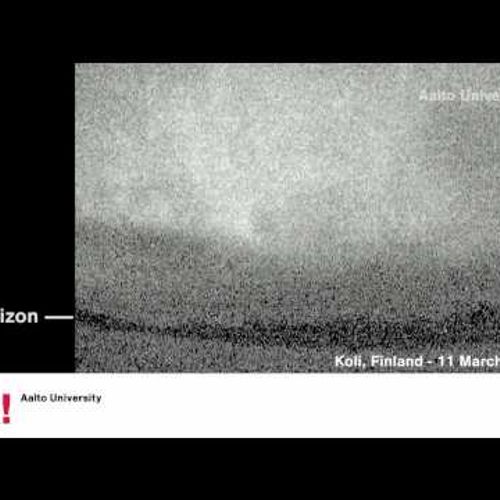
| Added | Tue, 17/05/2022 |
| Источники | |
| Дата публикации | Tue, 17/05/2022
|
| Версии |
If you are high up and listening intently at night, when the northern sky is dancing with flaming sheets of green light - an impressive terrestrial phenomenon aurora borealis - you can hear ghostly sounds.
Almost imperceptible, these sounds were heard only during the most violent manifestations of the aurora and were described as the sound of the surf, similar to a waterfall in the distance, or beeping and cracking, similar to faint interference.
However, new evidence suggests that these sounds occur high in the atmosphere even when we don't hear them - even, perhaps, when we don't see the Northern lights at all.
Acoustic engineer Unto Laine from Aalto University in Finland managed to record these strange popping sounds in the sky on a night when none of the light curtains appeared.
He presented his results at the EUROREGIO/BNAM2022 Joint Acoustics Conference in Denmark this month.
"This refutes the argument that auroral sounds are extremely rare and that aurora borealis should be exceptionally bright and lively," Lane says.
Auroral sounds remained something mysterious for a long time. Reports of them have been described for at least a century, but it wasn't until 2012 that recordings made by Lane and his colleagues finally confirmed that the sounds were real.
The researchers also determined where the sounds were coming from in the atmosphere - at an altitude of about 70-100 meters (230-330 feet), which is surprisingly low.
Auroras occur when solar wind particles collide with the Earth's magnetosphere, then accelerate along magnetic field lines to high latitudes, where they fall into the upper atmosphere.
There they interact with atmospheric particles, creating twinkling lights that dance across the sky.
In 2016, Lane and his colleagues reported that they had figured out the cause of the sounds that some people hear.
On particularly cold, clear and calm nights, a layer of warmer air forms over a shallow layer of cold air in the lower part of the atmosphere.
Opposite electric charges can accumulate in these two layers; when geomagnetic disturbances, possibly caused by aurora, propagate down through the atmosphere, this can cause an electric discharge between the layers, which causes noise.
New recordings have been made in order to further study this phenomenon. Near the village of Fiskars, the group installed recording equipment to listen to the beeping and crackling sounds coming from the atmosphere.
Then the results of the observations were compared with the data of measurements of geomagnetic activity carried out by the Finnish Meteorological Institute. In total, the team collected a library of hundreds of candidate sounds, of which 60 of the strongest were associated with changes in the Earth's magnetic field.
"Using geomagnetic data that was measured independently, it is possible to predict with 90 percent accuracy when auroral sounds will appear in my recordings," Lane says.
The work suggests that there is probably a causal relationship between auroral sounds and geomagnetic activity, with different types of activity causing different sounds.
The processes that produce these sounds are also different from the processes that produce auroral manifestations; however, since both are produced by geomagnetic activity, they can appear together.
The new work shows that they don't necessarily have to match. Many auroras were observed in the absence of auroral sounds; now auroral sound is observed in the absence of auroral light.
"That was the biggest surprise!" Lane says. "Sounds are much more common than everyone thought, but when people hear them without a visible aurora, they think it's just ice cracking or maybe a dog or some other animal."
However, we can continue to use the term "auroral sound" because of the historical connection between these two phenomena, Lane says.
The study was presented at the UROREGIO/BNAM2022 joint Conference on Acoustics.
Новости со схожими версиями
Log in or register to post comments

